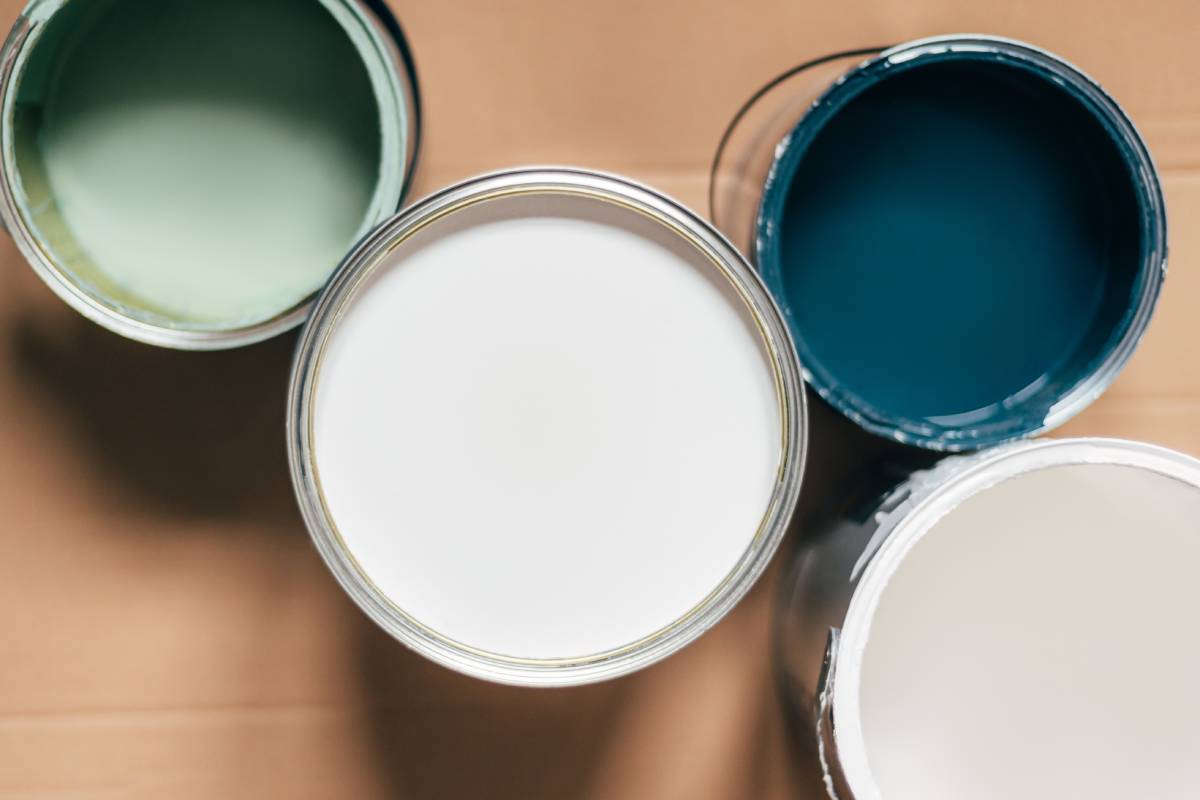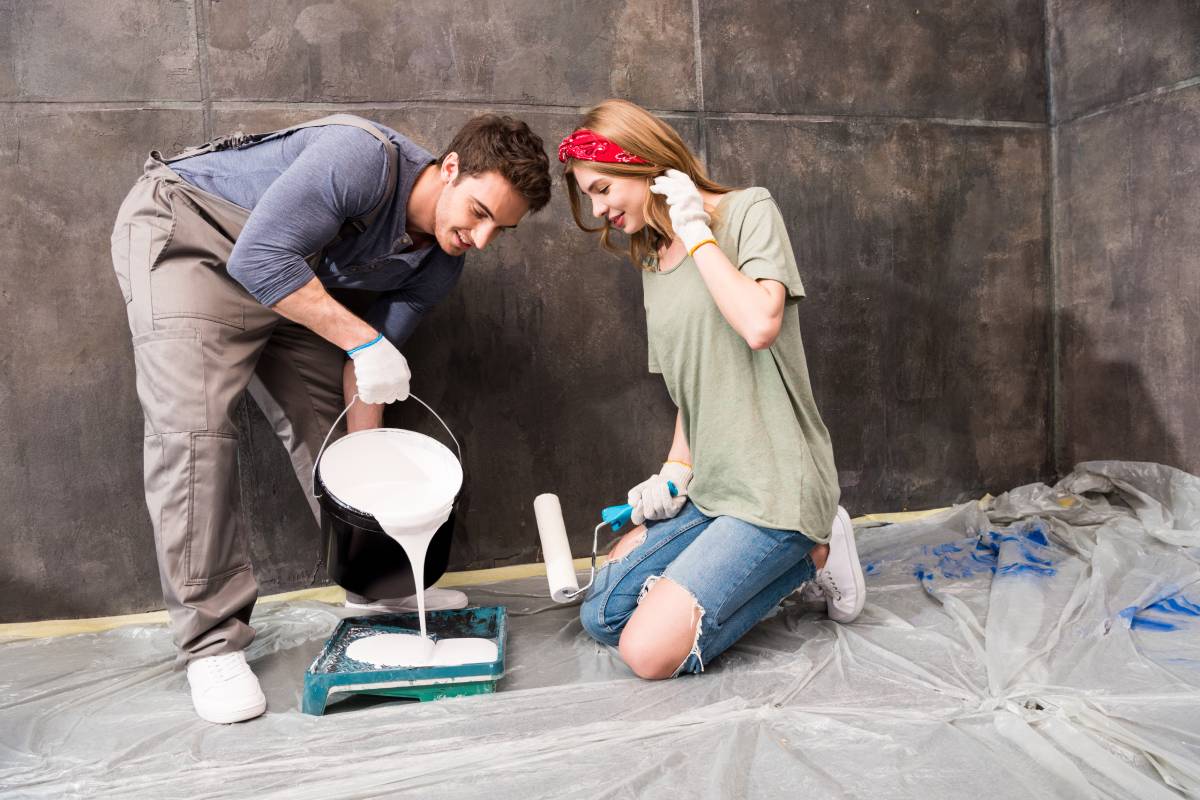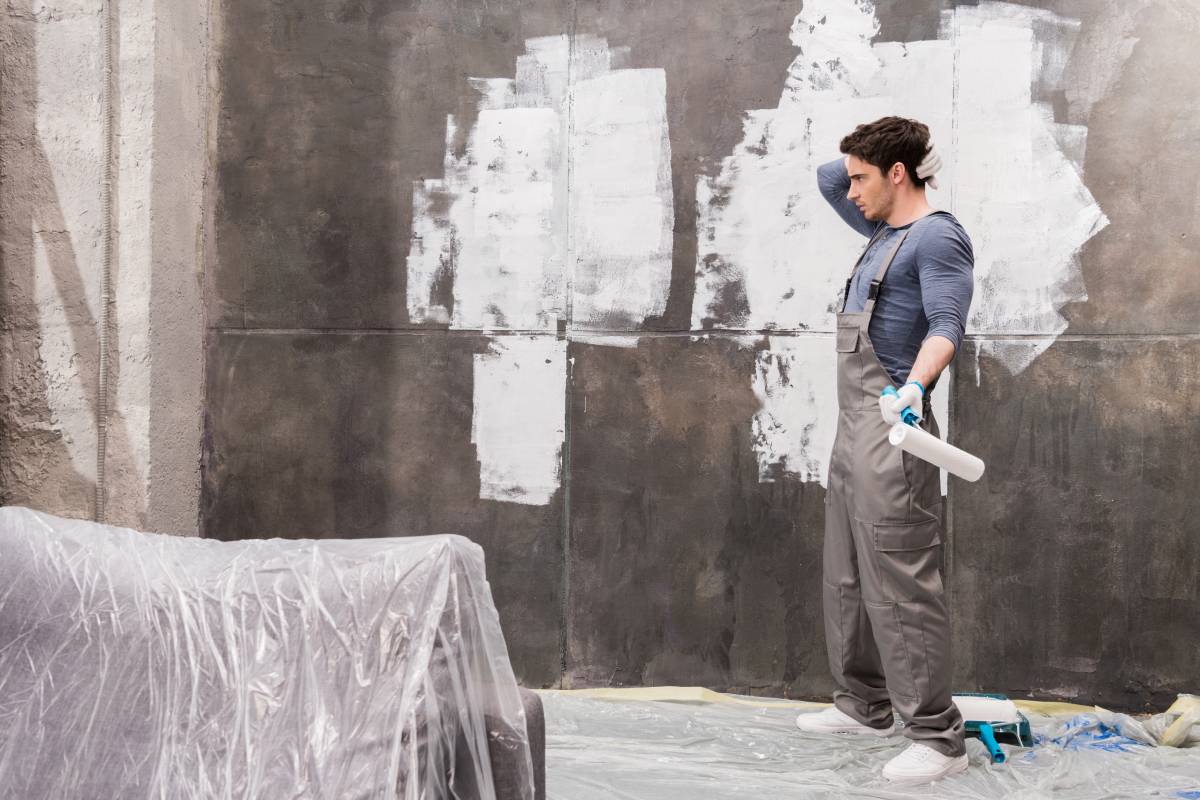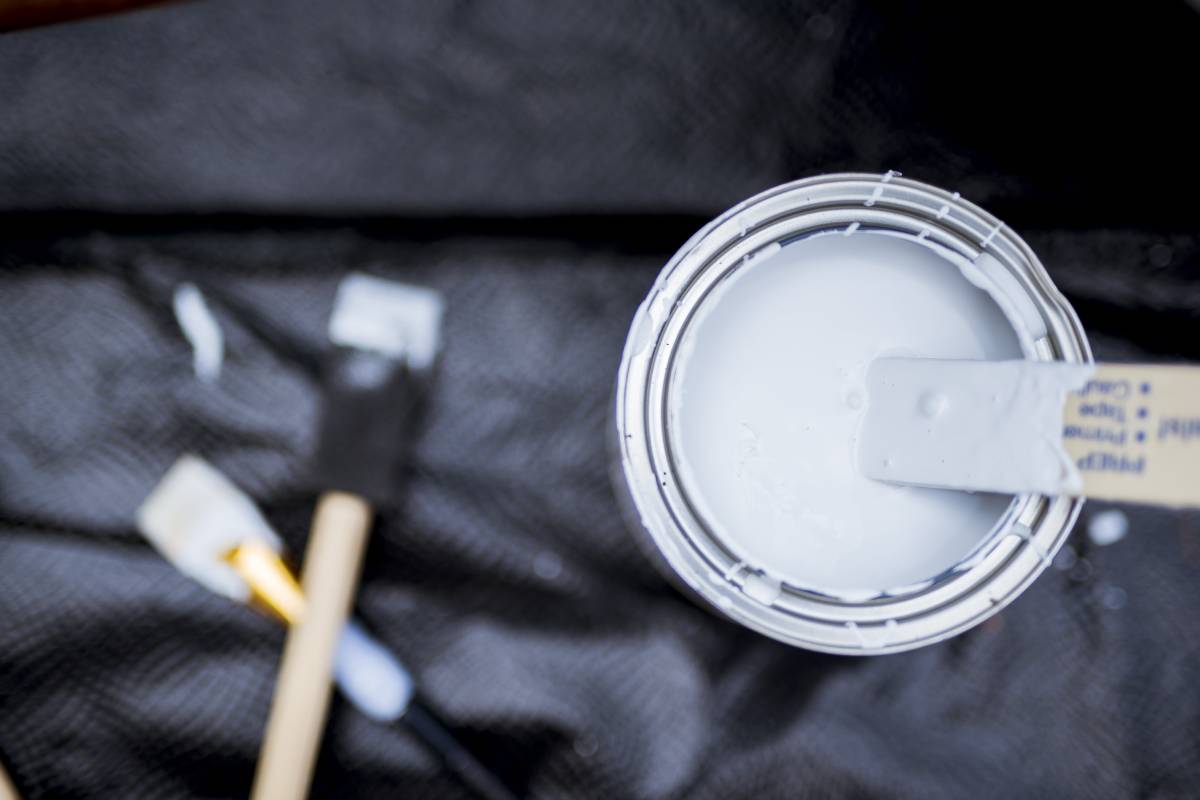Why use primer before painting? What are the common types of primer? Can I paint without primer? Click here to learn more
Using a primer before painting can make a big difference in how your paint job turns out. Think of primer as a special base coat that helps the paint stick better and last longer. Even though it takes a bit more effort, most painting experts recommend using primer for a better result.
Skipping primer might seem like a shortcut, especially if your wall is already smooth or if you’re using paint with primer included. But in most cases, it’s not the best idea.
Priming is just as important as putting on the paint itself. Each brushstroke or roll of the roller is just as crucial for the primer as it is for the paint. You want everything to be smooth so that your final paint job looks its best.
So, if you want to start your painting project on the right foot, using an effective primer is key. It helps ensure your paint job looks great and lasts a long time.
Why use primer before painting
Priming isn’t just about creating a strong base for your paint; it offers several other benefits too. Virtually any surface can benefit from priming, whether it’s existing paintwork, new wood, plaster, masonry, drywall, or metal. It’s especially useful for porous materials like concrete and wood.
When you prime a surface, you’re essentially creating a sticky layer that helps the next coats of paint stick better. But that’s not all. Priming also helps hide imperfections like wood grain and knots, covers joints, prevents old colours from bleeding through, and can even reduce the need for extra finishing coats.
One major advantage of using primer, especially if you’re painting materials that aren’t naturally resistant to water or outdoor elements, is that it acts as a sealant. This helps prevent issues like mould, which can be common in new constructions.
Additionally, primers can allow you to paint surfaces that are dirty or hard to clean by providing a fresh base for the new paint. They can also simplify the process of lightening dark-coloured surfaces, as some primers come in colours similar to the final paint.
Regarding timing, most primers can be painted over within 24 hours of application, though it’s always best to check the label for specific instructions. However, waiting too long (between 24 hours and 2 weeks) can affect the quality of the final finish, so it’s essential to balance speed with quality when planning your painting project.

What are the common types of primer?
There are three main types of primers: oil-based, latex, and pigmented shellac. Each type has its own advantages and disadvantages and works best in specific situations and on particular surfaces.
Oil-Based Primer
Oil-based primers have been widely used in the industry for many years. They are versatile, compatible with both oil and latex paints, and suitable for various surfaces. Ideal surfaces for oil-based primers include wood (both painted and unpainted), steel, other metals, and surfaces with existing paint, such as interior and exterior walls.
One of the key benefits of oil-based primers is their ability to block stains effectively. They can prevent stains like ink, nicotine, and watermarks from showing through your new paint. Oil-based primers are particularly useful for sealing the porous surface of bare wood, allowing the paint to cover it more evenly. They also help prevent issues like tannin bleed from woods like cedar or redwood, as well as paint peeling, cracking, and blistering.
However, oil-based primers have some drawbacks. They tend to dry slowly and emit high levels of volatile organic compounds (VOCs), which can be harmful in high concentrations or with prolonged exposure. Cleaning brushes and applicators used with oil-based primers require harsh solvents, and proper disposal is necessary. Additionally, oil-based primers are not suitable for use on masonry surfaces.
Latex-Based Primer
Latex primers are water-based and perfect for preparing unfinished drywall for painting. They dry faster and are more flexible than oil-based primers, which means they’re less likely to peel or crack. They work well on soft woods like pine, as well as on brick, concrete, and galvanized metals.
One of the main benefits of latex primers is their ability to even out the surface of drywall, smoothing out joint compound and patched areas. They can also cover minor stains from things like smoke or crayons, although they’re not as effective at blocking stains as oil or shellac-based primers.
Latex primers are easy to clean because they’re water-soluble, and many are available in low- or no-VOC formulas, making them a healthier choice compared to oil or shellac-based primers.
Shellac Primer
Shellac has been used for centuries to seal wood and other surfaces. Shellac-based primers are excellent at blocking stains, particularly severe water and smoke damage. They’re effective at sealing in odours from smoke and preventing water, rust, and wood tannin stains from bleeding through the new paint. They work on a variety of surfaces, including wood, metal, plaster, and even plastic, and they dry quickly and adhere well to both oil and latex paints.
However, shellac-based primers have some limitations. They’re not as versatile as latex or oil-based primers, and they emit more fumes. You need to use denatured alcohol to thin them and clean your tools after use.

When do I need to use a primer?
You don’t always need every condition to be present to decide to use a primer before painting. Here are some situations where using paint primer might be a good idea during your project:
If the Surface Is Porous
Highly porous surfaces, like newly installed drywall or bare wood, usually need primer. Masonry surfaces such as retaining wall blocks and bricks also benefit from using primer.
If the Drywall Is Skim-Coated
Skim-coated drywall, which has a thin layer of drywall compound applied, is highly porous and needs a primer before painting, similar to bare wood or drywall paper.
If the Previous Coat Is Glossy
Glossy base coats don’t hold paint well, so using primer after lightly sanding the surface helps the colour coat adhere better. This is especially important for plastics and glossy paints.
If You Are Changing the Color From Dark to Light
To avoid the hassle of applying multiple coats of expensive light-coloured paint over darker colours, treat the surface with two layers of white primer first if the existing colour is very dark.
When transitioning from light to dark colours, consider tinting your primer to match the new colour. This reduces the number of primer and colour coats needed.
If the Surface Is Stained
Surfaces with spots or stains benefit from a coat or two of primer before painting. Thicker primers are useful for these conditions.

Can I paint without primer?
Though paint and primer may seem similar and are applied similarly, they serve distinct purposes. Depending on your painting project’s specifics, you might require both for a smooth, attractive finish. Primer acts as a sort of adhesive between the paint and the wall surface, making paint adhere more effectively.
While primer is crucial in many painting scenarios, it’s not always necessary. Whether you need primer depends on the wall’s texture, finish, and the degree of colour change you’re aiming for. Typically, you won’t need primer for a basic paint job. However, there are exceptions.
Highly porous wall surfaces may require primer to prevent excessive paint absorption and ensure an even finish. Brand-new drywall and untreated wood surfaces fall into this category. If the wall has noticeable stains or you’re transitioning from a dark to a much lighter colour, using primer is advisable. It helps paint cover stains effectively and prevents them from showing through in the future. Additionally, using primer before applying a lighter paint over a dark wall saves you from multiple coats of paint and ensures a smoother finish.
Want an easier painting solution? Try self-priming paint!
Self-priming paint is thicker than regular paint, so it covers better in fewer coats. It’s handy when your walls are in decent shape. However, it’s not a magic fix. Thicker paint takes longer to dry and might need more coats than expected. Plus, it can cost more in the long run.
Looking to spruce up your room or office with new colours? Our team at Painting All Sorts near Newcastle is here to help! We offer top-notch painting services for homes and businesses.
